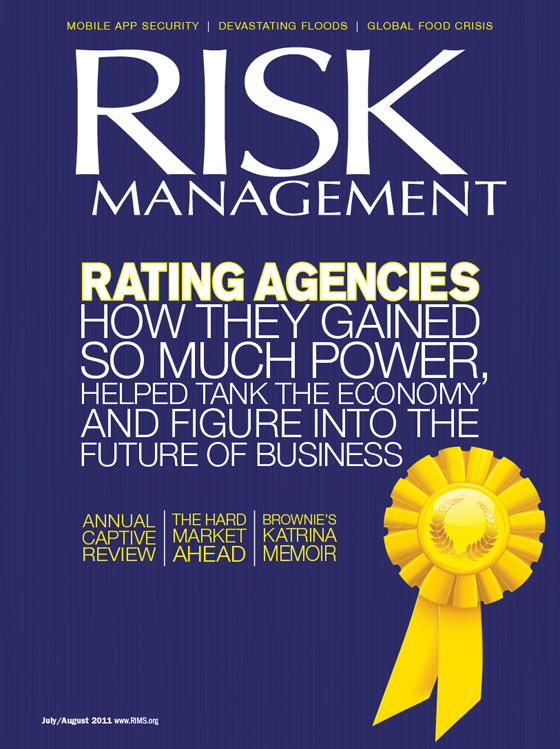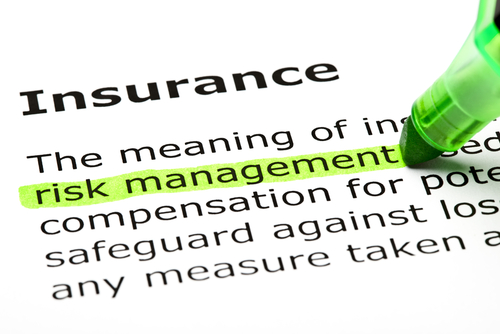Anyone who has spent much time following college sports should be aware of the NCAA’s hypocrisy. It demands purity from its “amateur” “student-athletes” while at the same time taking in billions in revenue from their on-field and on-court efforts. And whenever the nation expresses outrage at the revelation of yet another “scandal” in which a player received some compensation for their athletic abilities, there is much hand-wringing and finger-pointing from the sport’s governing body, which in turn imposes sanctions and other penalties against the offending schools and players.
Well, never before has anyone detailed this NCAA hypocrisy better than Taylor Branch did in the latest cover story of The Atlantic, “The Shame of College Sports.” If this sort of stuff interests you, the looooong account is well worth your time to read.
For our purposes, however, the most interesting excerpt chronicles the how and the why of the NCAA’s creation and widespread promotion of the term “student-athlete.” According to Branch, the main reason that former NCAA head Walter Byers, in his own words, “crafted the term student-athlete” and soon made sure it was “embedded in all NCAA rules and interpretations” was because it was an excellent defense against being held liable for workers compensation benefits that those injured in athletic competition could seek.
“We crafted the term student-athlete,” Walter Byers himself wrote, “and soon it was embedded in all NCAA rules and interpretations.” The term came into play in the 1950s, when the widow of Ray Dennison, who had died from a head injury received while playing football in Colorado for the Fort Lewis A&M Aggies, filed for workmen’s-compensation death benefits. Did his football scholarship make the fatal collision a “work-related” accident? Was he a school employee, like his peers who worked part-time as teaching assistants and bookstore cashiers? Or was he a fluke victim of extracurricular pursuits? Given the hundreds of incapacitating injuries to college athletes each year, the answers to these questions had enormous consequences. The Colorado Supreme Court ultimately agreed with the school’s contention that he was not eligible for benefits, since the college was “not in the football business.”
The term student-athlete was deliberately ambiguous. College players were not students at play (which might understate their athletic obligations), nor were they just athletes in college (which might imply they were professionals). That they were high-performance athletes meant they could be forgiven for not meeting the academic standards of their peers; that they were students meant they did not have to be compensated, ever, for anything more than the cost of their studies. Student-athlete became the NCAA’s signature term, repeated constantly in and out of courtrooms.
Using the “student-athlete” defense, colleges have compiled a string of victories in liability cases. On the afternoon of October 26, 1974, the Texas Christian University Horned Frogs were playing the Alabama Crimson Tide in Birmingham, Alabama. Kent Waldrep, a TCU running back, carried the ball on a “Red Right 28” sweep toward the Crimson Tide’s sideline, where he was met by a swarm of tacklers. When Waldrep regained consciousness, Bear Bryant, the storied Crimson Tide coach, was standing over his hospital bed. “It was like talking to God, if you’re a young football player,” Waldrep recalled.
Waldrep was paralyzed: he had lost all movement and feeling below his neck. After nine months of paying his medical bills, Texas Christian refused to pay any more, so the Waldrep family coped for years on dwindling charity.
Through the 1990s, from his wheelchair, Waldrep pressed a lawsuit for workers’ compensation. (He also, through heroic rehabilitation efforts, recovered feeling in his arms, and eventually learned to drive a specially rigged van. “I can brush my teeth,” he told me last year, “but I still need help to bathe and dress.”) His attorneys haggled with TCU and the state worker-compensation fund over what constituted employment. Clearly, TCU had provided football players with equipment for the job, as a typical employer would—but did the university pay wages, withhold income taxes on his financial aid, or control work conditions and performance? The appeals court finally rejected Waldrep’s claim in June of 2000, ruling that he was not an employee because he had not paid taxes on financial aid that he could have kept even if he quit football. (Waldrep told me school officials “said they recruited me as a student, not an athlete,” which he says was absurd.)
The long saga vindicated the power of the NCAA’s “student-athlete” formulation as a shield, and the organization continues to invoke it as both a legalistic defense and a noble ideal. Indeed, such is the term’s rhetorical power that it is increasingly used as a sort of reflexive mantra against charges of rabid hypocrisy.
Today, the term “student-athlete” is intended to carry with it the nobility of amateur athletics that the NCAA epitomizes.
Originally?
It was a good protection for keeping those carried off the field from suing the schools.




